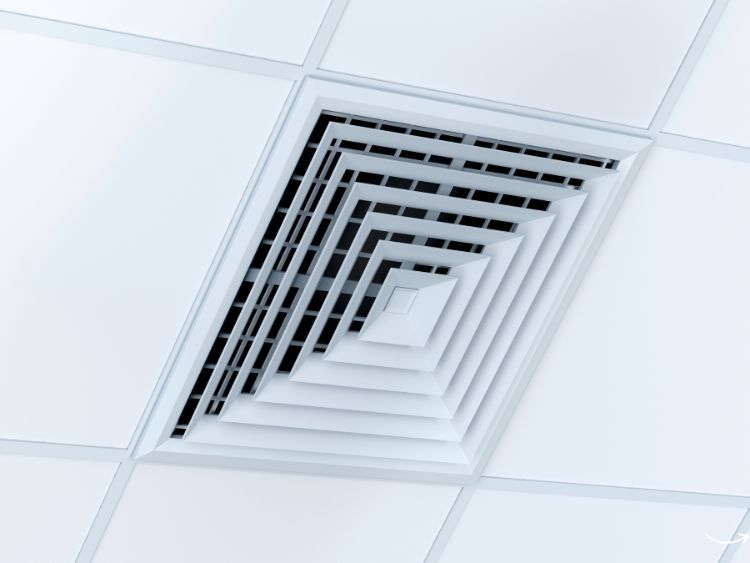Ever wondered how modern ventilators have become so advanced and patient-friendly? One of the key innovations in mechanical ventilation is Proportional Assist Ventilation (PAV). This cutting-edge technology has revolutionized respiratory support by making it more adaptive and comfortable for patients. In this article, we’ll dive deep into what proportional assist ventilation is, how it works, and why it’s a game-changer in the medical field.
What is Proportional Assist Ventilation?
Proportional Assist Ventilation (PAV) is a mode of mechanical ventilation that provides support in proportion to the patient’s effort. Unlike traditional ventilation methods, which deliver a preset volume or pressure, PAV dynamically adjusts the assistance based on the patient’s breathing pattern. This means the ventilator and patient work together in harmony, leading to more natural and comfortable breathing.
Key Features of Proportional Assist Ventilation
- Dynamic Adjustment: PAV continuously monitors the patient’s effort and adjusts the support accordingly.
- Enhanced Comfort: By matching the support to the patient’s needs, PAV reduces discomfort and the feeling of breathlessness.
- Improved Synchrony: The patient’s natural breathing pattern is better synchronized with the ventilator, reducing the risk of asynchrony.
How Does Proportional Assist Ventilation Work?
To understand how PAV works, let’s break down the process step-by-step.
Step-by-Step Process
- Monitoring Patient Effort: PAV begins by measuring the patient’s inspiratory effort using sensors that detect changes in pressure and flow.
- Calculating Required Support: Based on the detected effort, the ventilator calculates the proportional support needed.
- Providing Assistance: The ventilator delivers the calculated support in real-time, adjusting continuously as the patient’s effort changes.
- Feedback Loop: The system constantly monitors and adjusts the support, ensuring that it remains proportional to the patient’s effort throughout the breathing cycle.
Advantages of PAV
- Customization: Each breath is tailored to the patient’s current needs, improving overall ventilation quality.
- Reduced Work of Breathing: Patients expend less energy in breathing, which can aid in their recovery.
- Lower Risk of Lung Injury: By avoiding excessive pressure or volume, PAV minimizes the risk of ventilator-induced lung injury.
Applications of Proportional Assist Ventilation
Proportional Assist Ventilation is used in various clinical settings, particularly for patients with respiratory insufficiency. Here are some common applications:
Acute Respiratory Distress Syndrome (ARDS)
PAV is particularly beneficial for patients with ARDS, as it can help manage their delicate lung mechanics without causing further injury.
Chronic Obstructive Pulmonary Disease (COPD)
Patients with COPD often benefit from the tailored support of PAV, which can reduce the work of breathing and improve comfort.
Weaning from Mechanical Ventilation
PAV is also used during the weaning process, helping patients transition from full ventilatory support to spontaneous breathing by providing just enough assistance to facilitate the process.
FAQs about Proportional Assist Ventilation
What makes PAV different from other ventilation modes?
PAV stands out because it adjusts the support in real-time based on the patient’s effort, rather than delivering a fixed volume or pressure.
Can PAV be used for all patients?
While PAV is highly effective for many patients, it may not be suitable for those who cannot generate sufficient inspiratory effort or have unstable respiratory patterns.
How does PAV improve patient outcomes?
By providing proportional support, PAV enhances patient comfort, reduces the work of breathing, and lowers the risk of lung injury, all of which contribute to better outcomes.
Conclusion
Proportional Assist Ventilation represents a significant advancement in respiratory care, offering a more patient-centered approach to mechanical ventilation. Its ability to adjust support dynamically in response to the patient’s needs makes it an invaluable tool in managing various respiratory conditions. As technology continues to evolve, PAV is likely to become even more refined, further improving the quality of care for patients requiring ventilatory support.
By embracing innovations like proportional assist ventilation, healthcare providers can ensure that patients receive the best possible care, tailored to their individual needs. Whether managing acute conditions or supporting chronic respiratory issues, PAV is a powerful tool in the arsenal of modern medicine.
So, next time you hear about mechanical ventilation, remember that proportional assist ventilation is at the forefront of making breathing support more effective and comfortable for patients around the world.

